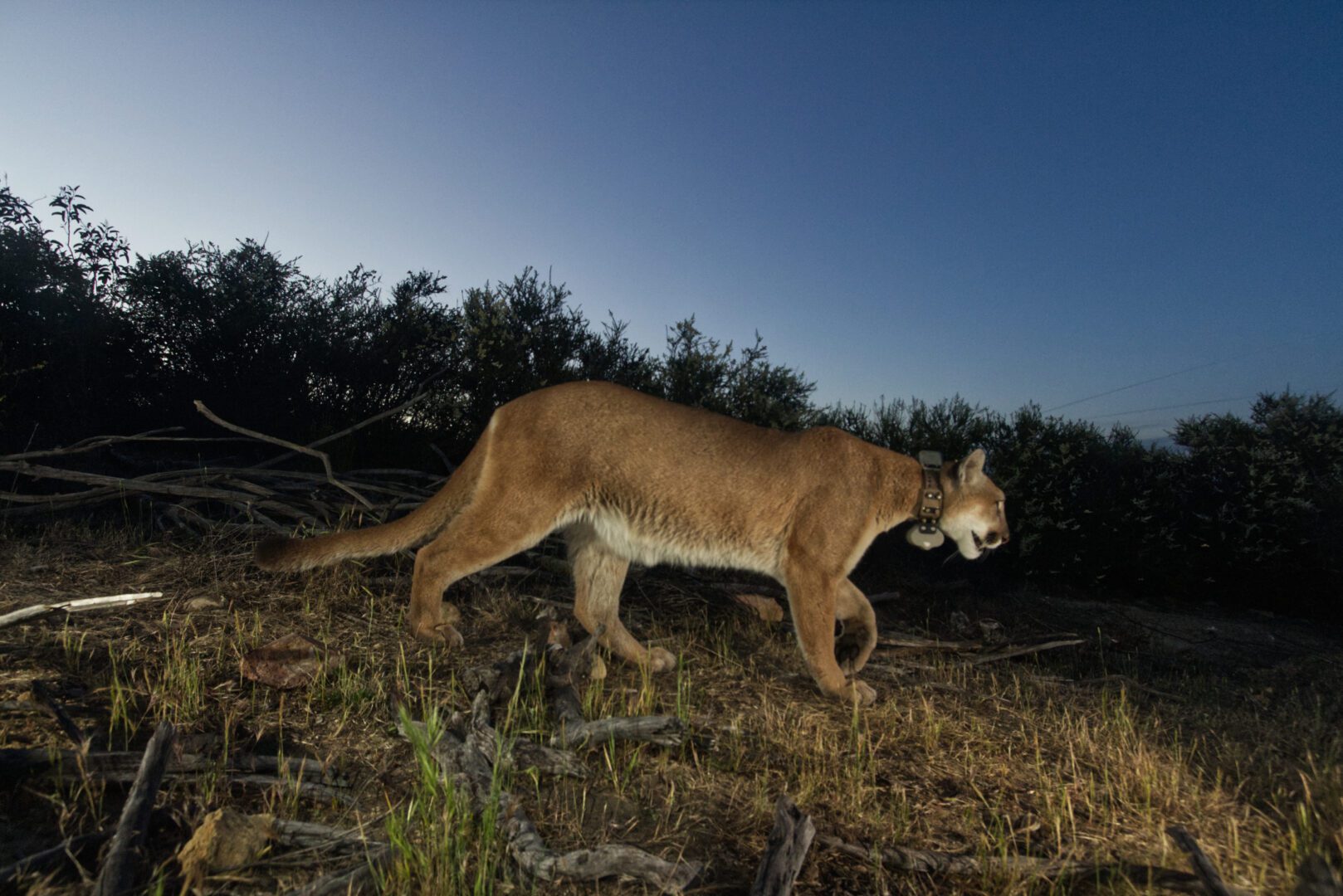 View Winners →
View Winners → LA City Council committee OKs wildlife district ordinance

A Los Angeles City Council committee Tuesday approved a proposed Wildlife District Ordinance, which would impose regulations intended to balance wildlife habitat and connectivity with private property development.
“It’s time that we move forward today,” said Councilwoman Katy Yaroslavsky, who sits on the Planning and Land Use Management Committee.
“The wildlife is already here. It’s our responsibility to care for it to allow it space to flourish and to recognize the positive intangible benefits.”
The ordinance, she added, “presents a critical opportunity to create sensible land use and zoning regulations that can address hillside issues and climate resiliency goals on a more systemic level.”
After more than an hour of public comments at a packed council chambers, the PLUM Committee voted 4-0 to OK recommendations from the city’s Planning Department to approve the proposed wildlife district. Councilwoman Monica Rodriguez was absent from Tuesday’s committee meeting.
The proposed ordinance — which next heads to the full City Council — would regulate development standards for lot coverage and floor area; set grading and height limitations; set standards for fences and trash enclosures; and establish window and lighting requirements.
The ordinance, if passed, would first be enacted in a pilot area — encompassing the western Santa Monica Mountains and Hollywood Mountains, including Griffith Park, located within the 4th and 5th council districts. After a certain period of time, the city would look to expand to include Protection Areas for Wildlife within the city.
In addition, basement areas of a housing project would not be exempted from the Residential Floor Area calculations under the ordinance. Any housing project that creates or results in development of 6,000 square feet or more would also trigger a Site Plan Review.
Projects within a wildlife district will be evaluated through two methods, Patrick Whalen with the Planning Department said.
“This first is an administrative review which will be used for the majority of projects to verify compliance with all applicable district-wide standards,” Whalen said. “The second method is Site Plan Review.”
“As the discretionary review process, Site Plan Review does present additional time and fees for applicants, but it is critical. It is a critical component of this ordinance, as it presents the best opportunity for tailoring projects to avoid impacts to wildlife and critical habitat areas.”
According to the Planning Department, the proposed wildlife ordinance would focus on a primarily single-family zone because the pilot area contains “significant public open space lands,” and without intervention by the city it would “adversely affect the very character that makes development attractive in these hillsides.”
While there were members of the public who supported the city’s efforts to protect wildlife, a group of homeowners impacted by the proposed ordinance urged the PLUM Committee to reconsider the provisions limiting square footage.
Daniel Freedman, a lawyer speaking on behalf of Neighbors for Hillside Safety, said his clients oppose the ordinance.
“Our clients love wildlife, but this isn’t a wildlife ordinance,” Freedman said. “It doesn’t regulate wildlife. It regulates development.
“This ordinance which purports to rezone 8% of our entire city, 23,000 acres, intends to do it with a categorical exemption,” he added. “It’s doing so by providing the community and the impacted neighborhoods and residents with one single public notice.”
Within the almost-decade of getting the proposed ordinance to what it is Tuesday, Planning Department staff engaged in public outreach, including workshops between 2018-2021, several public hearings in 2022, e-blasts to more than 30,000 interested persons on separate occasions and mailed notices to more than 60,000 residents of the affected area.
Planning Department staff began working on a the ordinance in 2014, pursuant to a motion introduced by then-Councilman Paul Koretz. The motion called for the department to establish an ordinance with a set of land use regulations that would maintain “wildlife connectivity” in the city.



































































































